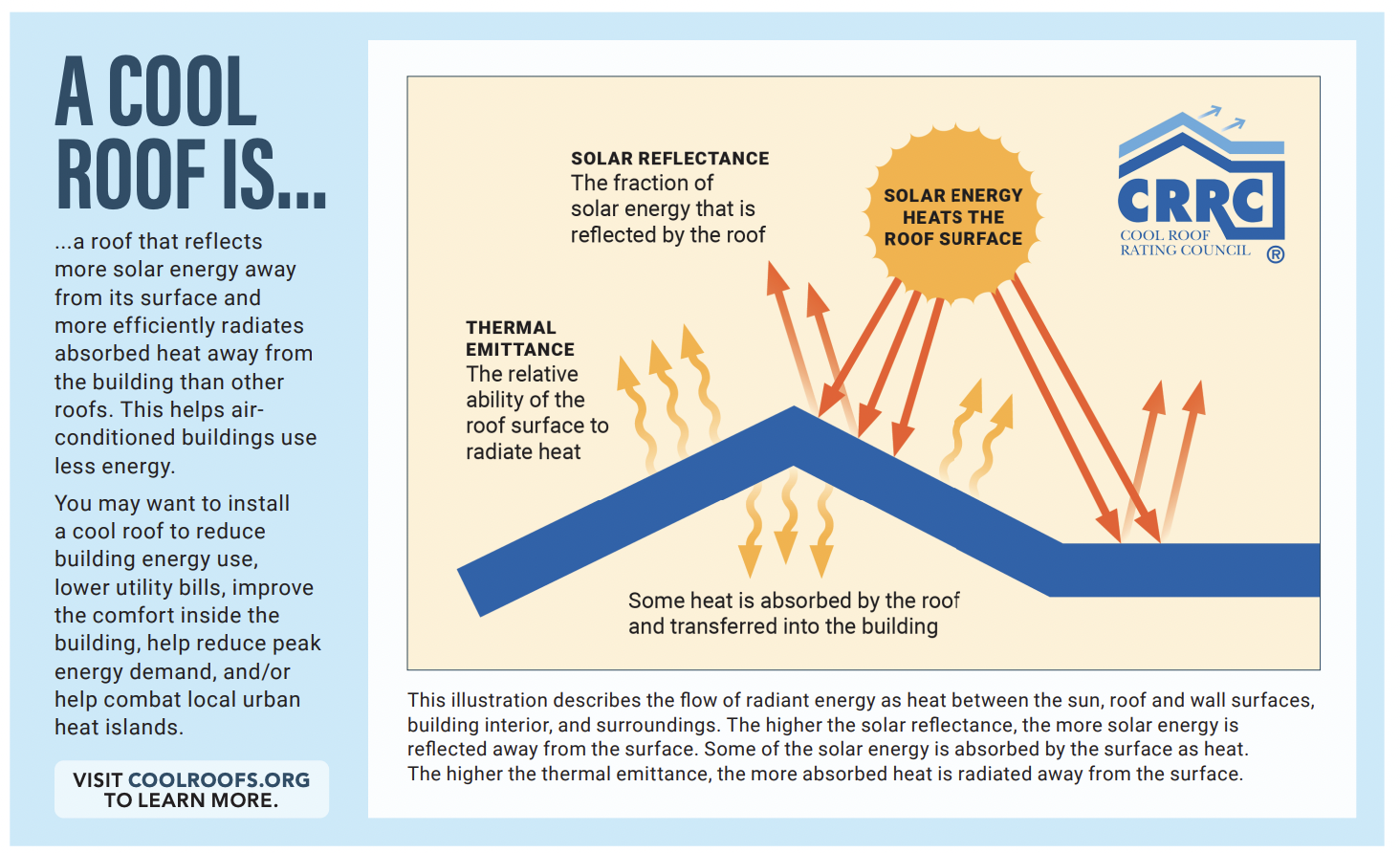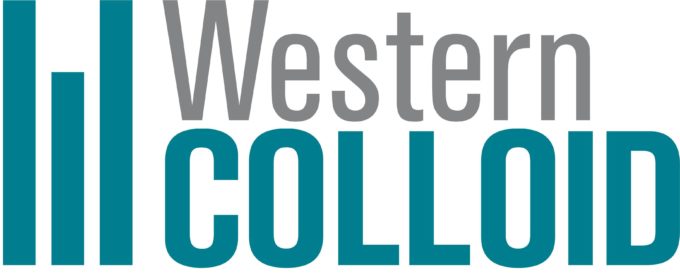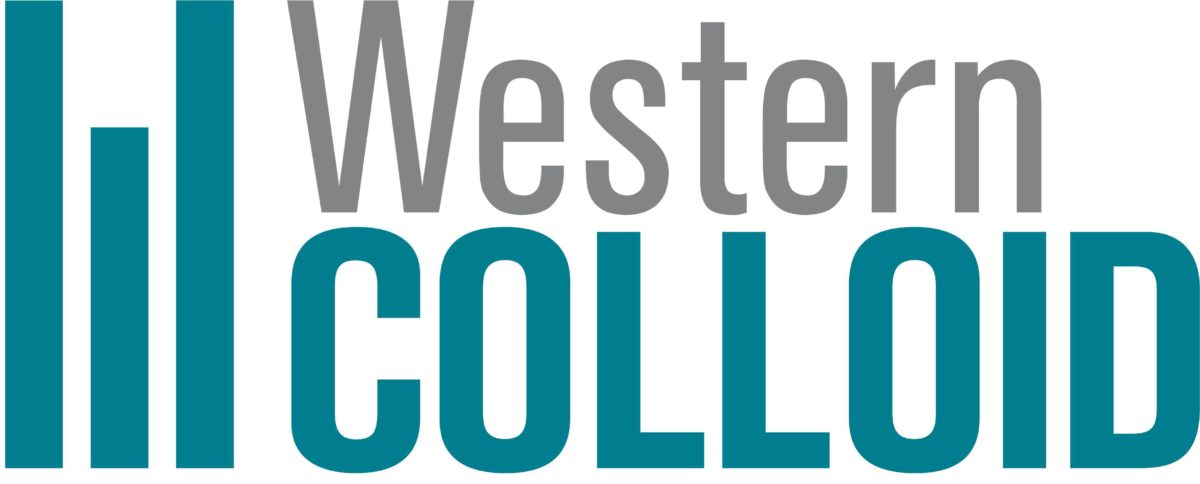
Title 24 Cool Roofs, Cool Roof Rating Council, Origin Stories
The State of California, who kind of leads the pack for the whole nation in energy laws and requirements for buildings, started testing roofs in early 2000. They started monitoring buildings with reflective roofs and non-reflective roofs. And what they found after following these buildings that had reflective surfaces on them, (primarily reflective coatings), that they were saving somewhere in the range of low end, 15%, on the high end, 30% of their building cooling costs.
There’s a lot of factors that come into this calculation. How tall the building is, how many floors it has, how many windows, etc. Just on an average, if you’re saving 15 to 20% in summertime energy cooling, it’s a big deal. Peak energy is right around three o’clock in the afternoon when every hot building in the area has their air conditioners going full bore. That is the peak load that they were trying to tame, and the roofs with reflective coating on them did a really good job. So much so that they added Cool Roofing requirements into state building regulations and building codes.
All of that was driven by the California Energy Commission, also in early 2000. And in 2005, Title 24 for the State of California adopted Cool Roofs as Title 24 Part Six, and that is when the Cool Roof Rating Council became an Industry recognized reliable and credible source of radiative property data.
The CRRC, the Cool Rating Council is a 501 © (3) nonprofit organization that develops fair and accurate methods for evaluating and labeling the radiant properties of roofing and exterior wall products. Their mission is to bring the objective scientific information related to cool surfaces, for discussions and decisions about the impacts of heat islands and extreme heat and energy use in the building environment.
The Cool Roof Rating Council measures reflectivity and emissivity that has been adopted into codes and standards. The CRRC is only a testing agency. Each product will get a number regardless, a certain emissivity, a certain reflectivity, at one year and an aged rating at three years. But it’s Local and State government agencies that call out what you need to qualify to get a cool roof.
The CRRC’s findings are accepted at ANSI, which is the American National Standards Institute. They have an S100 Standard, which identifies the preparation of the samples, how we treat them, how we test them at one year and at three years. So that gives CRRC a qualification for Title 24, Part Six
California has always been the leader, when California requires a certain emissivity and a certain reflectivity to qualify for Title 24 the rest of the Nation follows. California Energy Commission, Title 24 Part Six carries a lot of weight.
There’s a lot of things, for those of us in the manufacturing, building, and roofing industry, that frustrates us about the state of California and their regulations. We must acknowledge though a success some of these codes produced. In the late nineties and the early two 2000’s, California was experiencing rolling brownouts and blackouts all throughout the summer.
California needed more energy production to be built, more generation plants. The power’s-to-be said no. Matter of fact, they took a few offline. Since then, they’ve not built any new generation plants. And yet these problems have diminished. They’ve accomplished this by putting some of these energy requirements in. There is proof these codes and standards have made a difference.
The industry initially had push back from different manufacturers. Manufacturers that made black surface products would claim in the northern climates you don’t want white roofs. But what it’s really shown anywhere, even up into southern Canada, having a cool roof can be a better option than having a non-cool roof. Majority of areas across the country are hot in the summer and buildings benefit from a cool reflective roof.
Conveniently most roof membranes are white. PVC, TPO, even EPDM in the west, makes a white sheet, and of course roof coatings. But just being white doesn’t mean that it’s going to meet the requirements of a cool roof. Each product must still be tested and proven. At Western Colloid it is our goal, when we make any coating, to exceed the Title 24 Part Six standards.
Editor’s Note:
As a pioneer of white reflective coatings, Western Colloid has been at the forefront of the cool roof movement. Currently, General Manager Hal Leland sits on the Board of Directors for CRRC.
For more information on the CRRC please visit them here: https://coolroofs.org/
For more information on Westerns Colloid’s Cool Roof Products please contact us HERE


